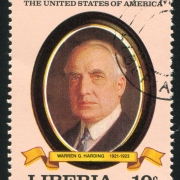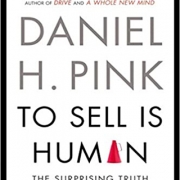Blogging Starts and Grows Because of Trust
“In business, we need our customers and potential customers to trust us….otherwise they simply won’t want to invest time and resources into us and our business,” Safarz Ali writes in the Business Influencer. How do you prove that you are trustworthy? Ali suggests the biggest three ways:
1. Show, don’t tell. Live up to your promises and use client case studies to prove it.
At Say it for You, we emphasize that case studies chronicle a customer or client who had a problem or need, taking readers through the various stages of using the product or service to solve that problem.
2. Practice honest communication, brushing no issues under the rug.
Problems with customer service are going to arise, but those very situations offer you an opportunity to shine by making things right. Empower Then use writing for business as one excellent vehicle to tell about your own mistakes and the way you offer outstanding customer service by making things right.
3. Prove you know your customers.
Your blog can’t be all things to all people, any more than your business can be all things to everybody. The blog must be targeted towards the specific type of customers you want and who will want to do business with you. Everything about your blog should be tailor-made for that customer – the words you use, how technical you get and how sophisticated your approach..
The top five best communication traits of a successful leader, Rebecca Weintraub and Stan Lowes think, are these:
1. walking the talk
The typical online searcher is leery of hype and unrealistic claims, and honesty in content writing has power.
2. authenticity (understand yourself first)
To demonstrate that you’re unique, you need to explain what you care about and what it’s like to work with you.
3. embracing a communication culture
Use your blog to demonstrate your full engagement and concern for your customer’s welfare, and allow real-time feedback from your target audience.
4. storytelling
You have to have a point, conveying the reason you’re sharing the story.
5. listening
When I’m ghost-blogging for a business, I need to keep up on what others are saying on the topic, on what’s in the news, and about what problems and questions have been surfacing that relate to what my client sells and what it does for its clients.
Blogging starts and grows because of trust!






Follow us online!